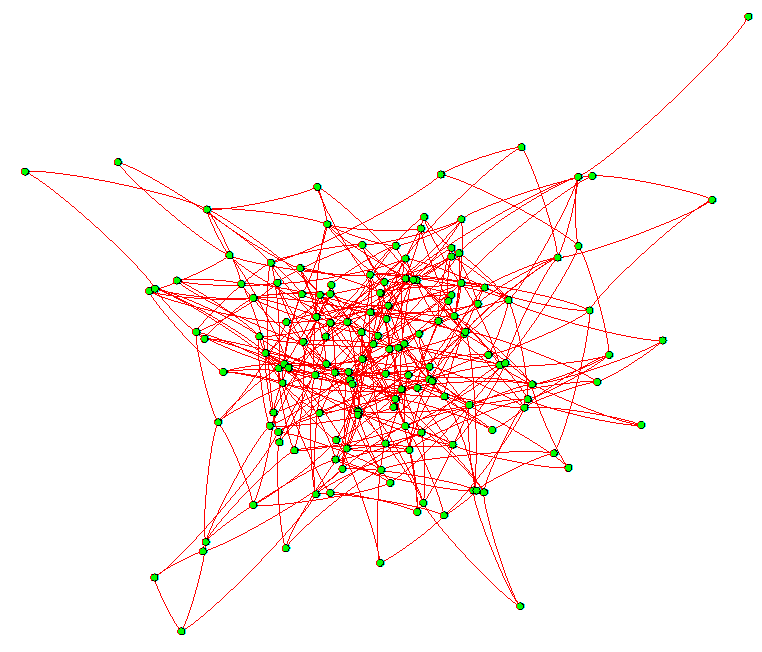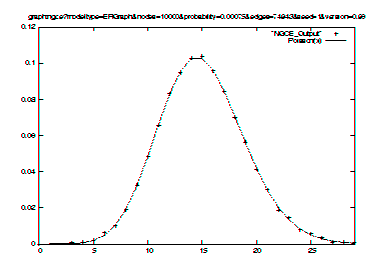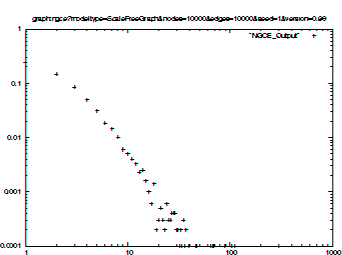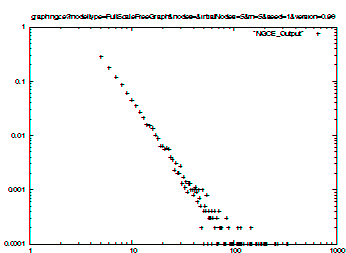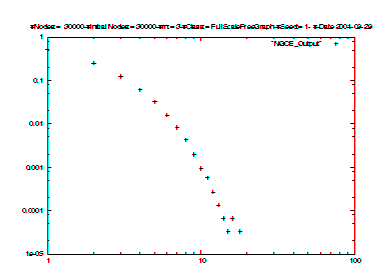http://www.dmst.aueb.gr/dds/pubs/conf/2005-PCI-NGCE/html/NGFF.html
This is an HTML rendering of a working paper draft that
led to a publication.
The publication should always be cited in preference to this
draft using the following reference:
- Vasileios Vlachos,
Vassiliki Vouzi, Damianos Chatziantoniou, and
Diomidis Spinellis.
NGCE
— network graphs for computer epidemiologists.
In Panagiotis Bozanis and Elias N. Houstis,
editors, Advances in Informatics: 10th Panhellenic Conference on
Informatics, PCI 2005, pages 672–683, Berlin, November 2005.
Springer-Verlag.
Lecture Notes in Computer Science 3746.
(doi:10.1007/11573036_64)
Citation(s): 3 (selected).This document is also available in
PDF format.The final publication is available at Springer via doi:10.1007/11573036_64.The document's metadata is available in BibTeX format.
Find
the publication on Google Scholar
This material is presented to ensure timely dissemination of
scholarly and technical work. Copyright and all rights therein are
retained by authors or by other copyright holders. All persons
copying this information are expected to adhere to the terms and
constraints invoked by each author's copyright. In most cases, these
works may not be reposted without the explicit permission of the
copyright holder.
Diomidis Spinellis Publications
|
